Niger
Access to water has become a daily challenge for inhabitants of refugee camps in south eastern Niger.
More than 50,000 people are living in camps in the Nigerien desert after fleeing attacks by Boko Haram on Bosso on June 3.
The refugees mark their almost identical gallons and leave them in queues awaiting the delivery of water to the camp by a truck.
“There are many people. You can come with two gallons just to find only one later,” Cheldou Malou, a refugee from Bosso said.
UN agency, UNICEF, plays a crucial role in helping the refugees get access to water in the midst of scarcity.
It transports close to 280,000 litres of water per day to the Kindjandi camp which has a population of about 40,000 and another 60,000 litres of water to the Gari Wazam camp which hosts 25,000 people.
“Taking into account the arrival of the population following events at Bosso and also the number of animals around the drilling sites, the facilities were destroyed by the population and we were obliged to go through this activity,” a UN official at the site Mohamed Ali said.
This weekend:
Unicefniger& theIRC #Niger continue providing emergency water 2 displaced people, Kindjandi, #Diffa pic.twitter.com/nuCLIGUrTk— Matias Meier (@meier_matias) June 19, 2016
UNICEF says the installation of wells is expensive and they could run short of money after two months.
Additional financial resources are needed for the projects to be completed.





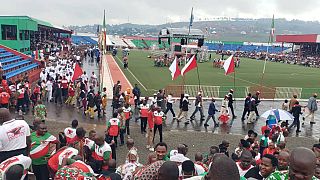
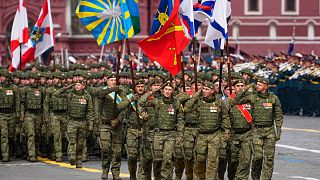
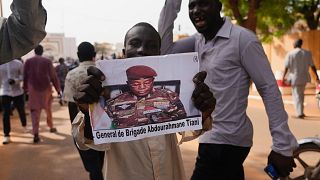
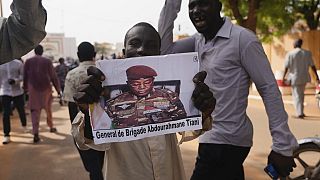
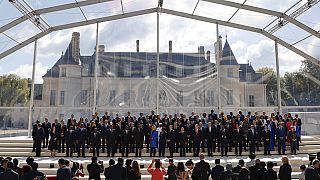
Go to video
Thousands displaced by Sudan war return home from Egypt
Go to video
Mali, Burkina Faso and Niger to have access to the Atlantic ocean
Go to video
UN Security Council updated on growing refugee crisis across globe
01:00
Displacement crisis deepens: UN warns world at breaking point
00:53
Algeria expels over 1,800 migrants to Niger in mass deportation
02:35
Sudanese Refugee Children Find Hope in Libyan School